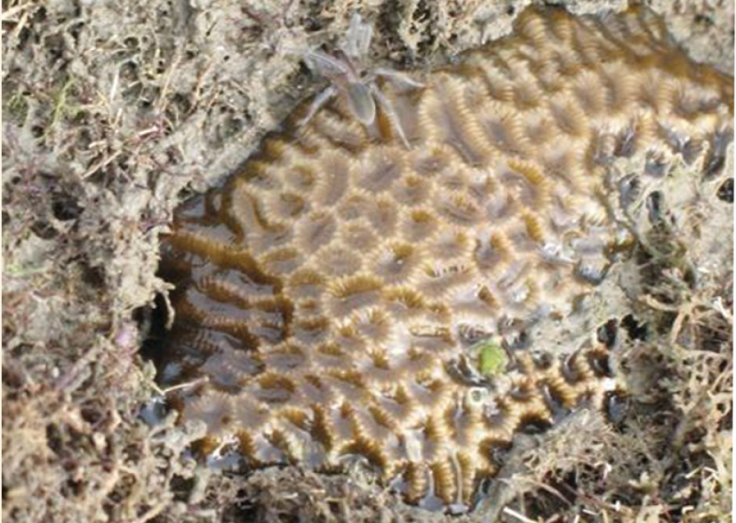
A team of researchers from the Queensland Museum and the University of Hamburg in a recent study described a newly found population of water adapted spiders and has named it after singer Bob Marley. They also provided new information on two of its closest relatives from Samoa and Western Australia.
Amalie Dietrich, while travelling from Europe to Australia in 1863 collected different species of animals and plants for the museum trade which eventually formed The Godeffroy Collection of arachnids. This happens to be a collection accumulated by Amalie and other explorers over a decade in Australia and the Pacific, during the beginning of the 20th century. The collection is highly valued as it contains different species of spiders from the Australasia region. The unique Godeffroy Collection of Australian and Pacific spiders at the Centre of Natural History in Hamburg contains all the collected species of spiders by Amalie Dietrich. Spiders of the genus Desis are intertidal in nature and are primarily marine animals. Dietrich's collection at the Centre of Natural History contains the first desid recovered from this part of the world.
Along with re-examining the intertidal species of Desis from Australia present in the Godeffroy Collection, the team of researchers consisting of Barbara Baehr, Robert Raven and Danilo Harms, speaks of a newly discovered species of Desis from Port Douglas in Queensland in their paper which has been published in the journal Evolutionary Systematics.

The spiders were found in Australia's 'Sunshine State' at extremely low tide on a reef which remains 3 m underwater during high tides. According to the researchers, this species of spiders is similar to a single specimen found in Samoa more than 150 years but was not properly studied. Two species of marine spiders are known from Australia, the Desis hartmeyeri Simon, 1909 from Albany in south-western Australia and D. kenyonae Pocock, 1902 from south-eastern Australia in Victoria and Tasmania.
Researchers have named the newly found species of spiders after Bob Marley and his famous song "High Tide or Low Tide".

"The song 'High Tide or Low Tide' promotes love and friendship through all struggles of life," explains the authors of the study for their curious choice of a name. "It is his music that aided a field trip to Port Douglas in coastal Queensland, Australia, to collect spiders with a highly unique biology."
Researchers claim that although intertidal spiders exist, this species, listed under the scientific name of Desis bobmarleyi is completely marine and have adapted the underwater life by hiding in barnacle shells, corals or kelp holdfast during high tide. They build air chambers from silk that helps them to breathe and emerge out of the water once the sea water recedes to hunt small invertebrates.

Both the sexes of this spider has red-brown colours with orange-brown legs covered with dense layers of dark grey hair like structures. The females are larger in size, nearly 9 mm and the males are about 6 mm long. The exact distribution of this new family of spiders is still being studied, however, intertidal zones of the Great Barrier Reef on the north-eastern coast of Queensland is being considered as the major take away zone.









